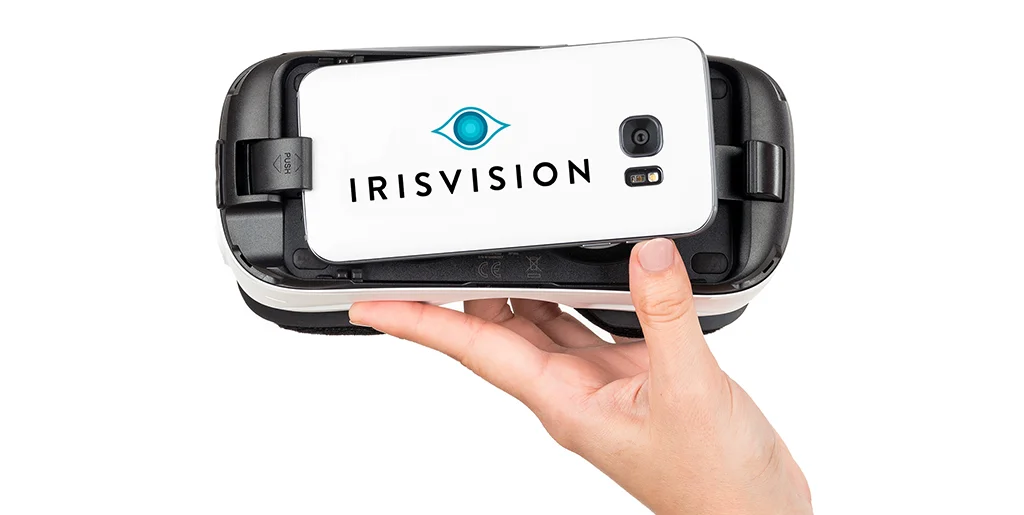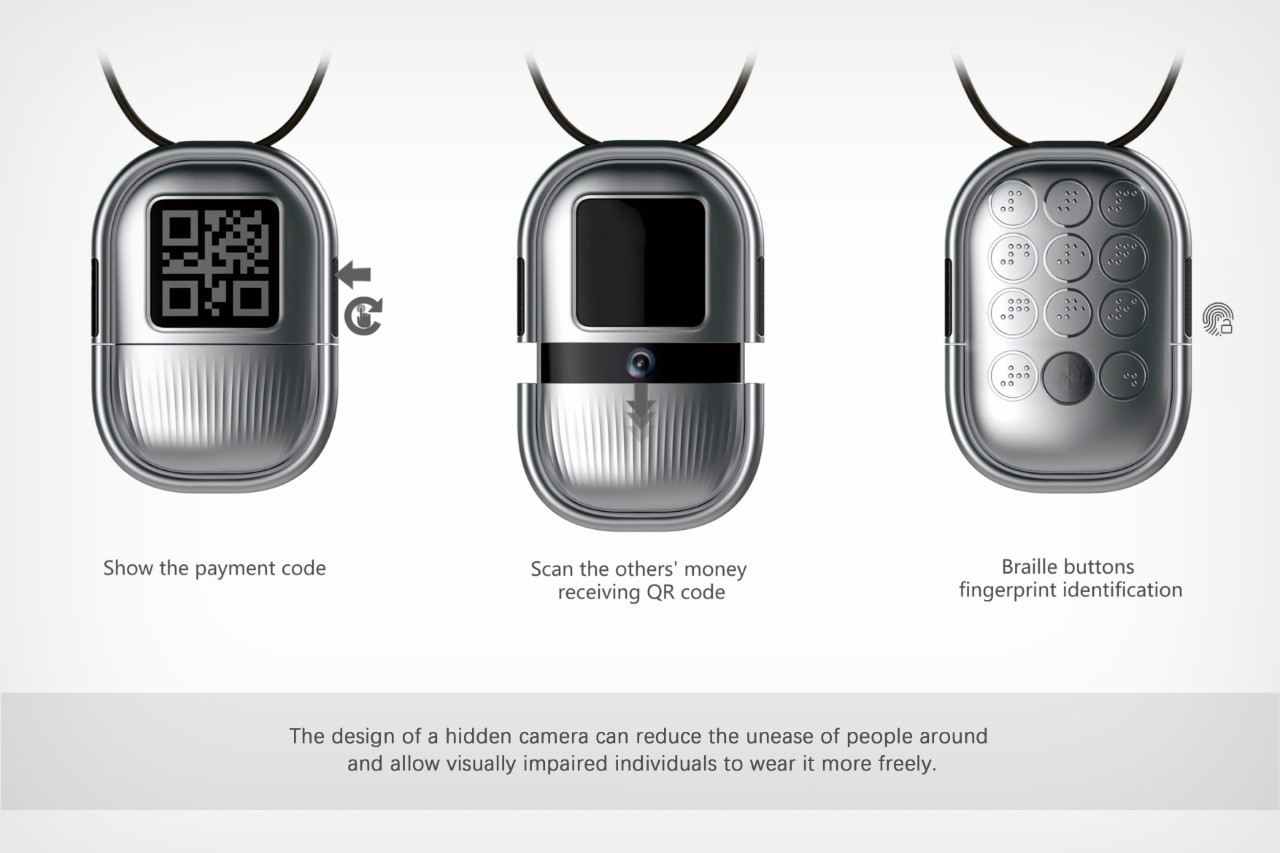Discover the Latest in Assistive Technology for the Blind
A Guide to Life-altering Assistive Innovation for the Blind and Aesthetically Impaired
The advancement of assistive modern technology has ushered in a transformative period for people that are aesthetically damaged or blind, offering tools that enhance autonomy and improve everyday experiences. Developments such as wise navigating gadgets and AI-driven applications are redefining how users connect with their environments, while accessible reading solutions and smart home modern technologies assure to additional raise the quality of life.
Smart Navigation Equipment
Smart navigation tools are reinventing the way people who are blind or aesthetically impaired engage with their setting. These sophisticated technologies, which integrate GPS, audio feedback, and haptic signals, supply individuals with essential details about their surroundings, boosting their freedom and mobility.
One popular instance is using smart canes furnished with sensing units that identify challenges and give real-time feedback via vibrations or audio hints. These devices permit users to browse complex atmospheres, such as active streets or crowded public spaces, with enhanced self-confidence. Furthermore, wearable devices, such as wise glasses, are being created to assist in identifying faces, reading message, and identifying items, further boosting the user's spatial awareness.
Furthermore, wise navigating tools are significantly including expert system to assess data and adapt to customers' choices. This customized approach not only enhances navigating performance but also promotes a feeling of empowerment among users. As innovation continues to advancement, the capacity for clever navigation tools to produce an extra available and comprehensive globe for people who are visually impaired or blind continues to be appealing, ultimately reshaping their day-to-day experiences and interactions.
Ingenious Mobile Apps
Mobile applications are emerging as powerful devices for aiding individuals who are blind or visually impaired, providing a series of functionalities that boost daily living. These applications harness advanced modern technology to help with everyday jobs, boost access, and promote independence.
One category of ingenious mobile applications focuses on visual acknowledgment. Applications like Be My Eyes link customers with sighted volunteers via video phone calls, enabling real-time assistance for jobs such as reviewing labels or browsing unfamiliar settings. Apps like Seeing AI use man-made knowledge to define environments, checked out text, and determine items, offering customers with important information at their fingertips.
Another substantial location is navigation and positioning. Apps such as Aira and Nearby Traveler provide audio advice, assisting customers navigate metropolitan spaces with simplicity. They use customized aid, enabling a more positive exploration of the atmosphere.
Moreover, wellness and health apps deal with certain demands, such as drug monitoring and health and fitness tracking. These applications intend to foster a holistic technique to wellness, ensuring that individuals can maintain their health and wellness separately.
Wearable Assistive Devices
Wearable assistive devices stand for a significant development in technology developed to support individuals that are blind or aesthetically damaged. These tools boost mobility and freedom by offering real-time responses concerning the surrounding environment. Amongst one of the most significant wearable technologies are clever glasses furnished with sensing units and electronic cameras, which can identify obstacles and relay important information through audio hints.

Another cutting-edge alternative includes wrist-worn tools that make use of ultrasonic waves to discover challenges and give navigational assistance. These gadgets typically feature personalized settings, Speech-to-text devices for low vision enabling customers to customize the signals to their details requirements.
The combination of man-made knowledge in wearable assistive technology is likewise significant, as it consistently improves the accuracy and responsiveness of these gadgets. Generally, wearable assistive gadgets are transforming the lives of the blind and aesthetically damaged, fostering higher autonomy and enhancing quality of life with cutting-edge remedies.
Easily Accessible Checking Out Solutions
Obtainable analysis solutions play a critical function in making it possible for individuals who are aesthetically impaired or blind to engage with text across different layouts. These services include a range of modern technologies and devices created to boost reading experiences, from typical print products to electronic web content.
One famous solution is Optical Character Recognition (OCR) modern technology, which converts printed text into electronic style, permitting customers to pay attention to or review the material using display readers. Furthermore, specialized e-readers geared up with text-to-speech capacities supply customizable analysis experiences, allowing individuals to readjust font dimensions and history colors for boosted exposure.
An additional efficient technique is braille displays, which offer responsive comments by converting electronic text into braille. This allows individuals to go through touch, cultivating higher freedom and accessibility to literature. Mobile applications designed for reading scanned documents or books can empower customers with instantaneous access to a huge collection of materials (Assistive technology for the blind).

Smart Home Technologies
Smart home technologies have changed the means people that are visually impaired or blind communicate with their living settings, improving both freedom and safety. These innovative options utilize automation and connection to create an obtainable living area tailored to the demands of customers.
Smart audio speakers and voice-activated aides offer hands-free control over different devices, allowing users to adjust temperature, safety and security, and illumination steps through basic voice commands. This functionality reduces reliance on sighted aid and fosters a feeling of freedom. Additionally, smart lighting systems can be personalized to deliver acoustic responses or tactile signs, allowing people to navigate their homes extra effectively.
Moreover, safety and security systems furnished with clever video cameras and sensors can send out real-time informs to individuals, enhancing personal safety without demanding aesthetic confirmation. Automated door locks use assurance, enabling individuals to secure their homes effortlessly.
Integrating smart home technologies not only improves daily living however also encourages social interaction via connected gadgets - Assistive technology for the blind. With recurring improvements in assistive innovation, the future shows up promising, as even more services will certainly arise to more encourage individuals who are aesthetically damaged or blind, ensuring a more comprehensive and independent way of life
Final Thought
To conclude, the innovations in assistive innovation for the visually impaired and blind stand for a considerable jump towards enhancing freedom and top quality of life. Smart navigating devices, ingenious mobile applications, wearable gadgets, easily accessible reading services, and smart home technologies jointly cultivate an inclusive atmosphere. This integration of modern technology not just improves wheelchair and everyday living yet additionally encourages people to engage completely with their surroundings, advertising higher autonomy and involvement in culture.
Advancements such as smart navigation devices and AI-driven applications are redefining exactly how users communicate with their surroundings, while obtainable reading services and wise home modern technologies assure to further boost the high quality of life. As innovation proceeds to development, the possibility for wise navigation tools to develop an extra comprehensive and accessible globe for people that are visually damaged or blind stays promising, inevitably improving their day-to-day experiences and interactions.
Wearable assistive gadgets represent a significant innovation in technology developed to support individuals that are visually impaired or blind. Among the most notable wearable modern technologies are clever glasses outfitted with sensing units and electronic cameras, which can determine obstacles and relay essential info through audio signs.
Smart navigating tools, ingenious mobile applications, wearable tools, easily accessible analysis remedies, and wise home modern technologies collectively foster a comprehensive atmosphere.